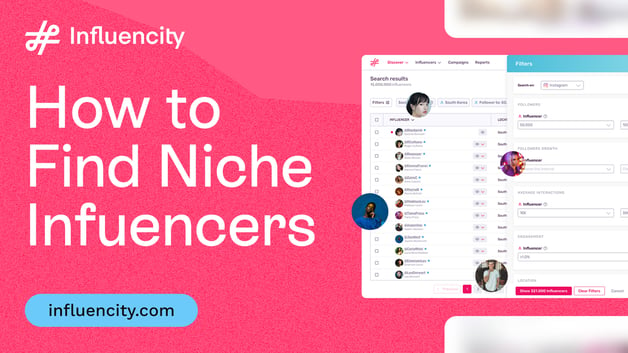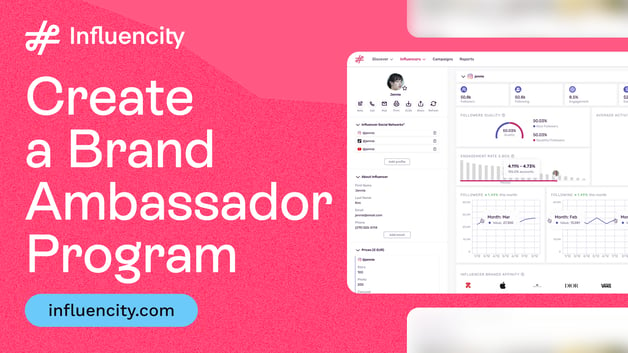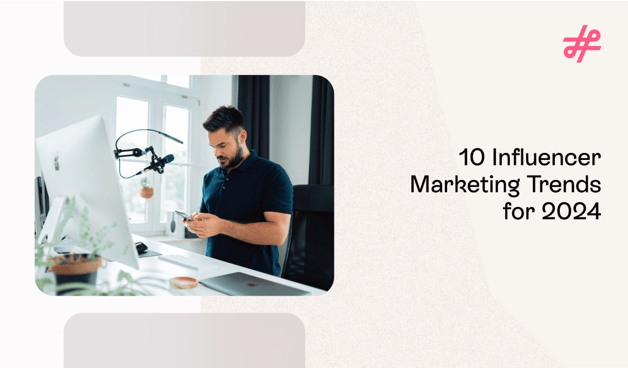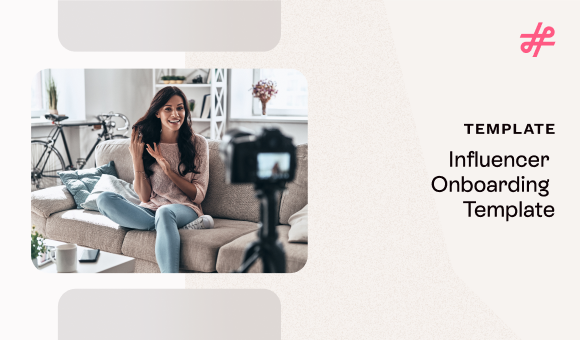Influencer Marketing
How to Build a Marketing Business Plan That Treats Influencers Like a Growth Channel (Like Google Does)
Influencer Marketing
Most people searching “marketing business plan” are looking for a simple template: set some goals, pick your channels, plug in a few KPIs. But if you’re running influencer campaigns, you know that approach falls short.
To drive results across the funnel, you need an influencer marketing strategy that earns leadership buy-in, aligns with company goals, and integrates creator content throughout your entire marketing plan.
Because creator content lifts paid media, boosts email engagement, adds trust to landing pages, impacts SEO, and more. But that kind of impact doesn’t happen by accident.
It requires planning and cross-functional coordination. If your team still treats influencer marketing as a last-minute tactic, you’re missing its full potential.
That’s where the marketing business plan comes in. It’s your best tool to position influencer marketing as a strategic lever, not just a social activation.
In this guide, I’ll show you how Google does it, and how you can too.

From Last-Minute Add-On to Frontline Growth Channel
Remember when influencers were added late in the game to generate buzz or try to go viral? That’s the old‑school method.
Today’s best brands co-create early. They bring influencers in from the start to shape the narrative, educate the market, and amplify results across paid, earned, and owned media.
The results speak for themselves:
-1.png?width=600&height=307&name=White%20%26%20Green%20Modern%20Bar%20Chart%20Graph%20(59)-1.png)
That’s why brands like Google don’t treat influencers as decoration. They treat them as strategic distribution partners, to extracting maximum value across every channel.
Why Influencer Marketing Belongs in the Business Plan (Not Just the Social Calendar)
Influencer marketing has matured. We now know how to drive and measure business impact beyond just awareness. When planned strategically, creators act as modern distribution channels: delivering your brand message, driving conversions, and accelerating loyalty.
So why are most influencer campaigns still stuck in the ‘social’ silo?
Because they haven’t been positioned as strategic growth levers.When you frame your influencer program as a creative asset instead of a performance engine, you risk:
- Getting cut when budgets tighten
- Losing internal alignment across teams
- Undervaluing the channel’s full-funnel impact
Want to elevate your influencer program? Follow Google’s lead.
How Google Gets It Right
Google doesn’t wait until launch day to involve creators. Their influencer partnerships are activated months in advance as part of their GTM (go-to-market) strategy.
Early Access = Better Content
Google brings influencers in early, which leads to stronger stories and more impactful content:
-
Taps YouTube creators to test new Pixel features
-
Encourages unboxings and AI tool demos before the press release drops
- Builds trust and momentum through early, authentic exposure

Influencer Content in Every Channel
Google doesn’t silo creator content. It multiplies it across touchpoints:
-
Integrates influencer videos into paid media, owned channels, emails, and retail displays
-
Treats creator content as part of the marketing engine, not an afterthought
It’s a different approach from the old model of tacking influencers on at the end. The most successful brands plan for influencer integration across channels from the start.
Takeaway: If your business plan includes product rollouts, media buying, or CRM growth, influencer marketing deserves a seat at the marketing planning and coordination table.
@allthingstemplate i love my pretty, little google sheets #googlesheets #fyp #fypage #template #foryou #planner #spreadsheet #digitalplanner #digitalproduct ♬ peekaboo - Kendrick Lamar
Building a Cross-Platform Plan Around Influencer Activation
Each platform plays a different role in how consumers discover, evaluate, and trust your brand. An effective influencer strategy is about aligning the right creators to the right platforms for the right purpose.
How to Map Platform Purpose to Marketing Goals:
-
TikTok is built for speed and discovery. Use it for trends, behind-the-scenes content, challenges, and early buzz.
-
YouTube is ideal for education, tutorials, and long-form product demonstrations.
-
Instagram delivers lifestyle, aesthetic, and shareability, perfect for products that thrive in visual storytelling.
-
LinkedIn helps brands build authority, particularly in B2B or professional SaaS spaces.
Instead of spreading content thin, assign a clear purpose to each channel in your annual plan. This improves content quality and avoids duplication—while making every campaign work harder.
Campaign Example: Q3 Growth Push for a Fitness App
Product: A new fitness app with a summer campaign goal of increasing downloads and daily active users.
Influencer Roles by Channel:
-
TikTok: Generate early buzz with “Day in My Life” creator challenges and short fitness hacks
-
YouTube: Publish in-depth how-to videos from trusted fitness influencers to drive credibility and SEO
-
Instagram: Share lifestyle Reels, swipeable tip carousels, and authentic testimonials
-
Email: Feature top-performing influencer clips in launch emails and re-engagement flows
-
Website/SEO: Embed YouTube walkthroughs in the Help Center and on product landing pages
This kind of integration only works when influencer content is accounted for early in the planning process, before briefs are written or assets requested. That’s why it belongs in the business plan, not just the social calendar.

Assign Roles by Platform, Not Just Presence
Each channel should have a distinct function in your strategy, not just a placeholder post.
How to Map Platform Purpose to Marketing Goals
TikTok
Best for speed and discovery. Use it for trend-based content, challenges, and early buzz.
@lorealgroupe L'Oréal Groupe Brands Challenge 💪 How many brands can you name? 🤔 Comment your answers and tag your friends for this challenge! 😉 #FYP #Challenge #Loreal #Beauty #Brandchallenge #Officevibes #Teamchallenge ♬ son original - lorealgroupe
YouTube
Ideal for tutorials, reviews, and long-form product explainers.
Instagram
Great for lifestyle storytelling and visual inspiration—think Reels, carousels, and UGC.
LinkedIn
Strong for B2B awareness and thought leadership, especially in SaaS and professional services.
Plan for Multiple Content Types
Seasonal Campaigns
Tap creators to anchor moments like back-to-school, holiday gift guides, or seasonal refreshes.
Event-Driven Content
Use creators for launches, trade shows, and pop-ups. Real-time coverage boosts reach and relevance.
Ambassador Programs
Long-term relationships = more authenticity, deeper storytelling, and reusable content.
Budgeting Creators by Tier
Not every campaign needs a celebrity. High-performing programs often mix influencer tiers to stretch budgets and achieve intended impacts. Need authentic content? Try nano-influencers, not celebrities.
-1.png?width=700&height=525&name=White%20%26%20Green%20Modern%20Bar%20Chart%20Graph%20(60)-1.png)
A strong marketing business plan will map these tiers to campaign goals so budget and outcomes stay aligned. Content format and platforms should also be specified in the planning stages.
Match Creator Type to Goal
.png?width=700&height=525&name=White%20%26%20Green%20Modern%20Bar%20Chart%20Graph%20(61).png)
How to Align KPIs and Executive Expectations
To earn and defend budget, influencer marketers must present their strategy in the language leadership understands.
That means connecting creator campaigns to business KPIs, not just social metrics. Think:
- Cost-per-acquisition (CPA)
- New user activation
- Churn reduction
- Brand lift
Influencers can drive all of these outcomes. But it’s up to you to structure campaigns with the right creator, format, platform and measurement plan and communicate results in a way that maps back to business goals.
Pro tip: Add metrics to your internal planning decks early, before content is live, so the CMO sees influencer marketing as a key growth lever, not just a nice-to-have.
.png?width=700&height=525&name=White%20%26%20Green%20Modern%20Bar%20Chart%20Graph%20(65).png)
If you’re not already doing so, run A/B tests with and without influencer integration to show the delta in lift. Use UTMs, discount codes, and post-purchase surveys to attribute results back to influencer content.
Bonus: Slide Template for Executive Buy-In
You can include a slide like this in your internal strategy deck to help secure alignment and budget:
Slide Title: Influencer Strategy for Q4 Growth
Objective: Increase DTC sales by 20% YoY
Tactic: Partner with 30 creators across YouTube, Instagram, and TikTok
Campaign Timing: Black Friday / Holiday
Performance Targets:
- +15% branded search traffic
- $100K tracked affiliate revenue
- 3X ROAS across promoted creator content
The more your plan performs like a growth engine, the easier it becomes to fund and scale.
@careesekwok PLEASE TELL ME I AM NOT THE ONLY ONE WHO DIDNT KNOW THIS??? #exceltips #googlesheets #pivottable #googlesheetstips #googlesheetshack #excelformulas #excelforbeginners #todayilearned ♬ original sound - Careese
Case Study: Google’s Influencer Machine
Google’spartnerships are designed with long-term value in mind, not just one-off posts. Instead of creating content for a single platform or moment, Google maps out how influencer content flows through the entire customer journey.
More Ways Google Repurposes Influencer Content
Influencer-created videos and social posts don’t stay siloed on Instagram or YouTube. Google’s team integrates them across multiple touchpoints:
- Paid ads creative
- Onboarding emails
- Sales enablement decks
- Retail displays and in-store demos
- Landing pages and Help Center articles
This level of coordination doesn’t happen. It’s mapped out in the business plan, with budget and cross-functional alignment choreographed from the start.
@youarelovedtemplates Replying to @Google Workspace One of my favorite spreadsheets!! 🌻🌻🌻#spreadsheets #spreadsheet #googlesheetstips #google #habits #habittracker #spreadsheettricks #workwithyourbrain #adhd #adhdtiktok ♬ original sound - Laura Flick
How Google Taps Creators to Launch Key Products
When introducing products like Pixel, Bard, or Workspace updates, Google positions influencers as core storytellers.
For Pixel launches:
- Creators preview AI photo editing before press embargoes lift
- YouTube influencers film side-by-side comparisons with iPhone and Samsung
- TikTok creators run “What’s in my pocket?” trends tied to new features
For Workspace campaigns:
- B2B creators highlight how Sheets or Meet power hybrid teams
- LinkedIn voices share productivity tips and custom templates
- Google repurposes these videos in sales enablement, webinars, and customer onboarding
The key takeaway: Creators are looped in early during strategy and planning, not just during execution. That early access drives trust, better content, and bigger results.
Recommended Tools for Strategic Planning & Tracking
You don’t need a team of 20 to plan like Google. You just need the right stack.
.png?width=700&height=525&name=White%20%26%20Green%20Modern%20Bar%20Chart%20Graph%20(63).png)
Pro Tip: Track planning. Internal alignment is half the battle.
Final Takeaway: Influencers Deserve a Line in the Business Plan
Influencer marketing doesn’t belong in the “cool ideas” section of your strategy deck. It belongs in the marketing business plan, right alongside media, CRM, and creative.
To make that happen:
- Plan campaigns across the funnel
- Assign influencers roles by platform and purpose
- Tie creator results to business outcomes and financial KPIs
- Build a tool stack that supports scale and internal alignment
That’s how Google does it. And it’s how you can too.
Want to plan like a tech titan?
Try Influencity to discover top creators, track real results, and elevate your influencer program into a true growth engine.
Lynne Clement
Lynne Clement knows influencer marketing from every angle, having worked across agencies, brands, and platforms for nearly 20 years. Her insights come from marketing experience at Procter & Gamble, leading marketing strategy and execution at a top influencer agency, and working inside an influencer platform. During...




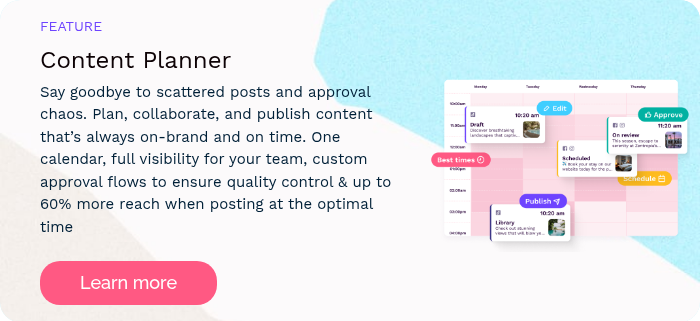


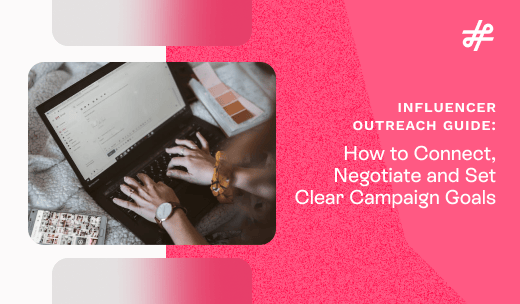
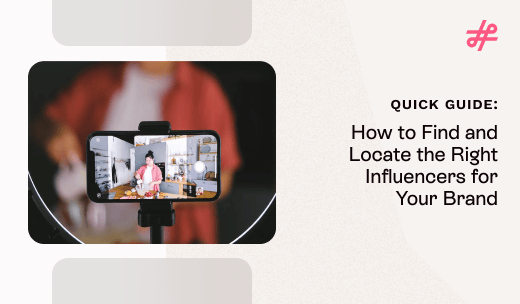



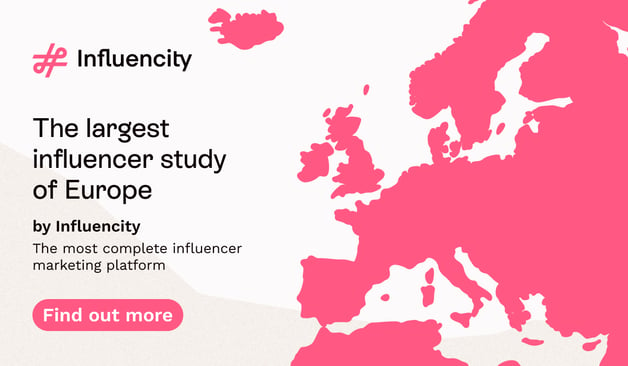

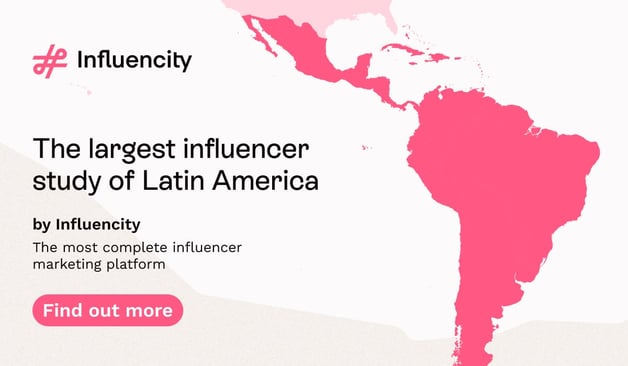


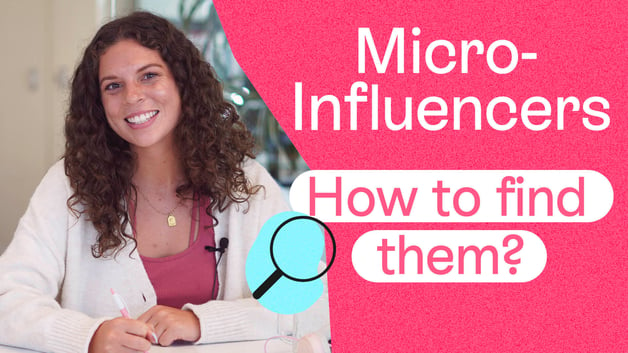


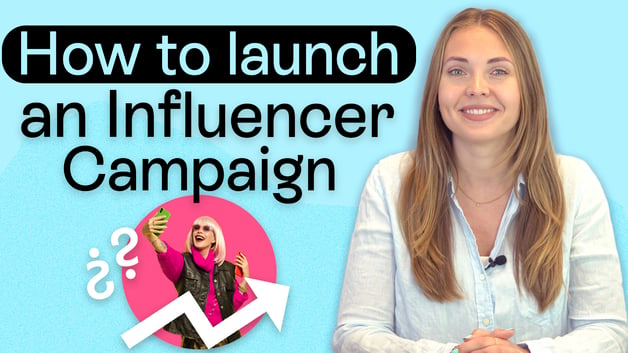

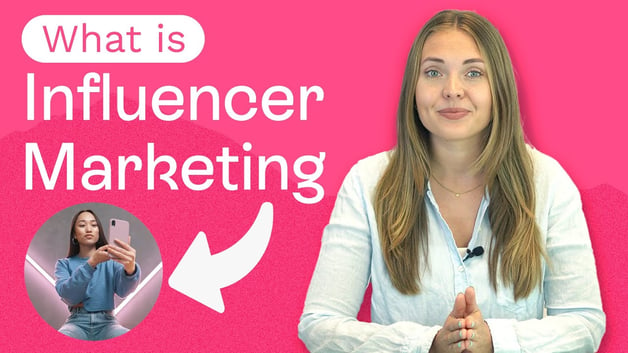

%20and%20How%20Can%20They%20Benefit%20Your%20Brand%20article.jpg?length=628&name=What%20Are%20Key%20Opinion%20Leaders%20(KOL)%20and%20How%20Can%20They%20Benefit%20Your%20Brand%20article.jpg)
